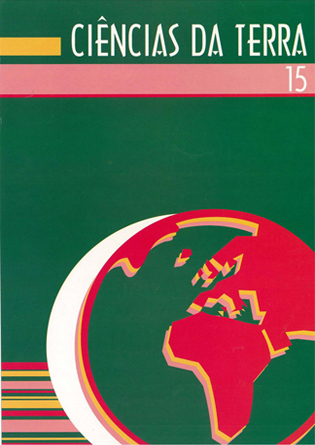A new dinosaur tracksite in the Lower Cretaceous of Portugal
Abstract
Key-words: Dinosaur trackways; Lower Cretaceous; Aptian! Albian; Olhos de Agua; Obidos; Portugal. A new Lower Cretaceous (Aptian-Albian) dinosaur tracksite at the Olhos de Água beach is described. It is the first vertebrate fossil finding ever found in the concerned unit, and yielded 128 tracks in 17 trackways within an area ofca. 80 square metres. Three tridactyl footprint morphotypes have been recognized: - Type 1 ("Iguanodontipus-like") - trackways D, F, K, J and P; - Type 2 (large theropod), although larger in size, typically from a Grallator-like theropod footprint, i.e. A, B, G, H and 0 trackways; - Type 3 (medium size theropod); M is the only track ofthis type. There are other, poorly preserved, unidentified trackways. The theropod, swinging trackway B was produced by an animal that was limping. The theropod track M starts eastwards but drastically changes westwards, speeding up at the same time; this dinosaur decided to turn around and run in the opposite direction. This site shows three main trackway directions: to the South, to the East, and westwards. Except for the trackway 0, large theropods A, B, G and H walked southwards. Perpendicularly to these, ornithopods, small theropods and unidentified trackmakers walked towards East (5) and West (7). The segregation oftrackmakers and directions, with large theropod trackways southwards and other dinosaurs' west or eastwards, may mean that large theropods patrolled a walkway area to an important resource, most probably water, often frequented by ornithopods and smaller theropods. There is no evidence of social behavior or gregarism: footprints' overposition shows that the large, southwards walking theropods passed on different occasions. Three trackway sequences can be established by chronologic order.Downloads
Issue
Section
Articles






